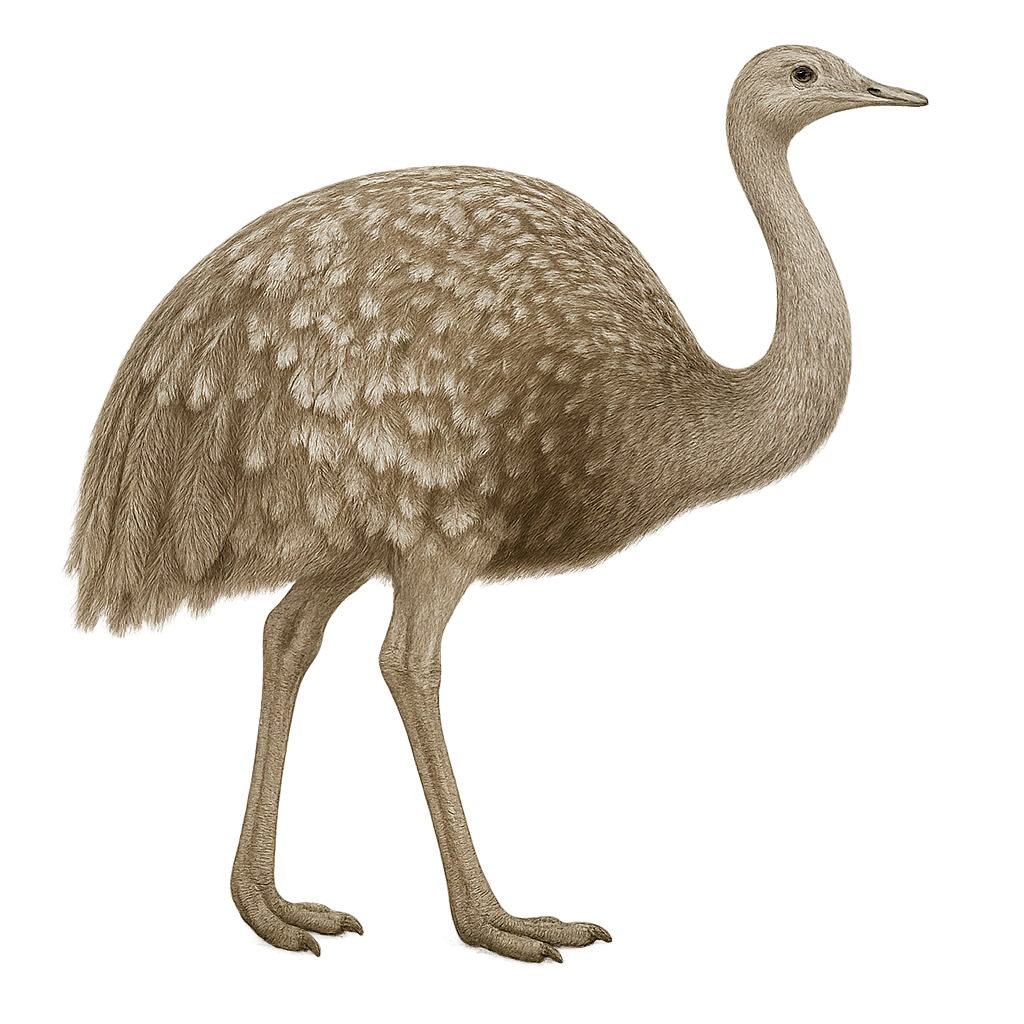Your wildlife photography guide.
Explore the darwin's rhea in detail, study its behavior, prepare your shots.
Where to observe and photograph the darwin's rhea in the wild
Learn where and when to spot the darwin's rhea in the wild, how to identify the species based on distinctive features, and what natural environments it inhabits. The WildlifePhotographer app offers tailored photography tips that reflect the darwin's rhea’s behavior, helping you capture better wildlife images. Explore the full species profile for key information including description, habitat, active periods, and approach techniques.
Darwin's Rhea
Scientific name: Rhea pennata

IUCN Status: Near Threatened
Family: RHEIDAE
Group: Birds
Sensitivity to human approach: Suspicious
Minimum approach distance: 10 m
Courtship display: October to December
Incubation: 35-40 jours
Hatchings: November to January
Habitat:
Steppes, grasslands, savannas
Activity period :
Primarily active during the day, with peak activity in the morning and late afternoon.
Identification and description:
The Pterocnemia pennata, commonly known as Darwin's rhea, is a large, flightless bird native to the arid and semi-arid regions of South America. It is characterized by its grey-brown plumage and long legs adapted for fast running. Often mistaken for an ostrich, it is smaller in size. Darwin's rheas live in groups and primarily feed on plants, seeds, and insects. They are known for their complex social behavior, especially during the breeding season when males build nests and incubate eggs. Although they can cover large distances, their habitat is threatened by agricultural expansion and hunting.
Recommended lens:
400 mm – adjust based on distance, desired framing (portrait or habitat), and approach conditions.
Photography tips:
To photograph Darwin's rhea, it's advisable to use a telephoto lens of at least 400mm to capture detailed images from a distance. As these birds are suspicious, it's best to observe them discreetly from a fixed point. Opt for early morning or late afternoon hours to benefit from soft lighting and avoid harsh shadows. A tripod can be useful for stabilizing your camera, especially if using slower shutter speeds. Be patient and wait for the bird to relax to get natural shots.
The WildlifePhotographer App is coming soon!
Be the first to explore the best nature spots, track rutting seasons, log your observations, and observe more wildlife.
Already 1 432 wildlife lovers subscribed worldwide

